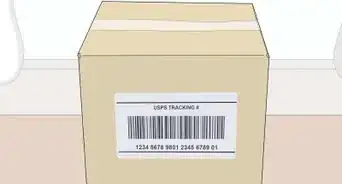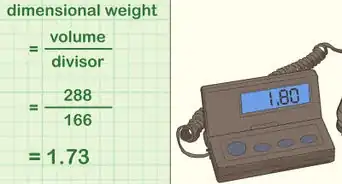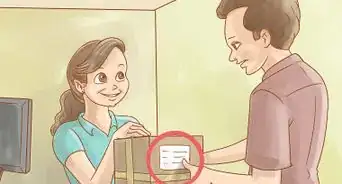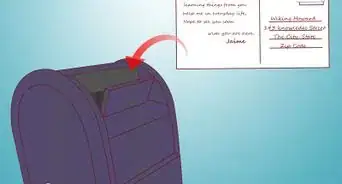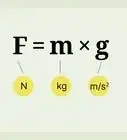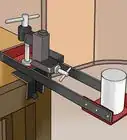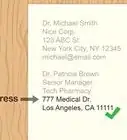wikiHow is a “wiki,” similar to Wikipedia, which means that many of our articles are co-written by multiple authors. To create this article, 27 people, some anonymous, worked to edit and improve it over time.
This article has been viewed 218,211 times.
Learn more...
Have you ever had questions about mass or how to find the weight of the object itself? Well, scroll down to Step 1 to find the weight of an object without using a scale to weigh the object.
Steps
Finding the Weight Through the Volume
-
1Figure out the volume of the object. Let's say you have a cube with a dimension of 10x10x10. The volume would be 1000.[1]
-
2Use the formula mass equals density times volume. This requires you to know the density of the object. If the object is water, for example, you know it has a density of 1 gram (0.035 oz) per cubic centimetres. So for a volume of water of 1000 cc, the weight is 1000 grams.[2]Advertisement
-
3Know the density of different matters:[3]
- Gold - 19.32
- Lead - 11.3437
- Silver - 10.5020
- Copper - 8.5 to 8.8
- Steel - 7.9
- Iron - 7.4 to 7.7
- Aluminium - 2.7
- Limestone 2.6 to 2.8
- Glass - 2.4 to 2.8
- Brick - 1.4 to 2.2
- Concrete - 2.2 to 2.5
- Ice - 0.9
- Wax - 0.9
- Pinewood - 0.5
- Mercury - 13.543
- Seawater - 1.03
- Water - 1.0
- Petrol - 0.85
Finding the Weight Through the Force Exerted
Note that this method is only used by astronauts to measure a spaceship. This won't work in daily life, because resistance is everywhere.
-
1Figure out the object's acceleration.
-
2Figure out the mass through the force exerted. Do this by dividing the acceleration by the force exerted (by Newton's second law: force equals mass times acceleration).[4]
- For example, if a cube has an acceleration of 1000 millimetres per second squared (always measure in millimetres) and the force exerted is 2 kilograms millimetres per second squared, then the cube must weigh 2 grams.
Finding the Weight with a Handmade Balance
-
1Balance a balance with lightweight, identical cups at both ends. This can be a ruler balanced on an object, or a string over something with little friction with cups tied at both ends.[5]
-
2Place the object at one end, and fill the other cup with pure water until it balances with the object. If the object is too light to find the weight this way, you'll need to either decrease the friction at the pulley or at the fulcrum, or use lighter-weight materials for the balance and cups.[6]
-
3Measure the volume of the matching water, and convert to milliliters. The volume in milliliters is the same as the weight in grams.[7]
Community Q&A
-
QuestionWhy is it recommended to use millimeters when a meter is an SI basic unit? Wouldn't it be easier? Unit-conversion wise, to measure in mm but convert it into m before calculating?
 Community AnswerYou cannot find weight with length measurements on their own. You need other information such as weight for a specific cubic capacity.
Community AnswerYou cannot find weight with length measurements on their own. You need other information such as weight for a specific cubic capacity. -
QuestionWhat is the mass of a 2 centimeter wide rubber ball?
 Community AnswerIt depends upon the density of the rubber; it will vary depending on how many air bubbles were inside the rubber when it was produced.
Community AnswerIt depends upon the density of the rubber; it will vary depending on how many air bubbles were inside the rubber when it was produced. -
QuestionI need to work out the weight of a large accent table but I don't have a large enough scale. Is it possible to use the dimensions to determine the weight?
 Community AnswerNot really, because it depends on the type and density of the material(s) it is made out of.
Community AnswerNot really, because it depends on the type and density of the material(s) it is made out of.
Warnings
- Use the first example for objects that you use in your everyday life.⧼thumbs_response⧽
Things You'll Need
- Ruler or the information given to you from the instructor (optional)
- Any liquid (water is good)
- Paper to work it out on
- Pencil/pen
References
- ↑ https://www.mathopenref.com/cubevolume.html
- ↑ https://sciencing.com/calculate-weight-using-density-volume-4965287.html
- ↑ https://www.engineeringtoolbox.com/density-solids-d_1265.html
- ↑ https://sciencing.com/what-is-the-relationship-between-force-mass-and-acceleration-13710471.html
- ↑ https://sciencing.com/weigh-grams-scale-6001252.html
- ↑ https://sciencing.com/weigh-grams-scale-6001252.html
- ↑ https://sciencing.com/volume-vs-weight-water-7503595.html
About This Article
While a scale is the most accurate way to find the weight of an object, you can get an approximation by using a handmade balance. To start, tie string to the top of 1 cup, then tie the end of the string to the top of another cup. Balance the middle of the string over a tall, solid object so the cups can hang freely. Place the object you want to weigh in 1 cup, then fill the other cup with water until it balances with the object. Then, measure the amount of water you put in the cup in milliliters. The number of milliliters of water will equal the number of grams the object weighs. For example, if you put in 5 milliliters of water in, that means your object weighs 5 grams. To learn how to find the volume of your object, read on!
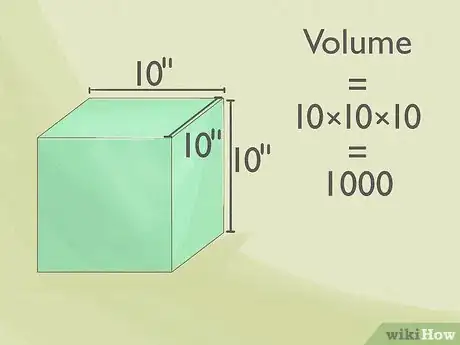
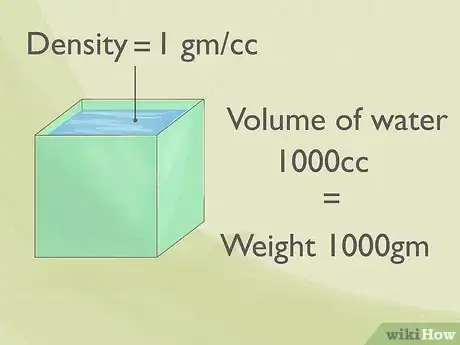

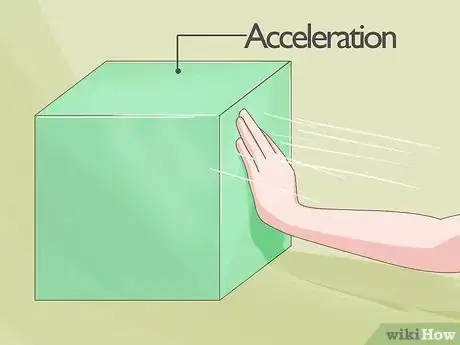


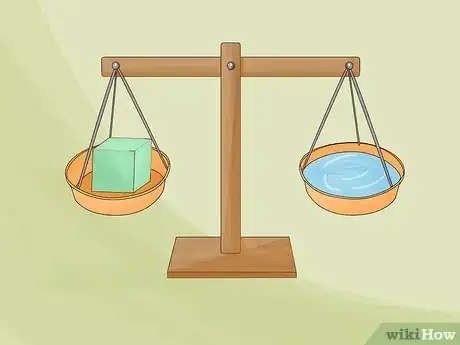

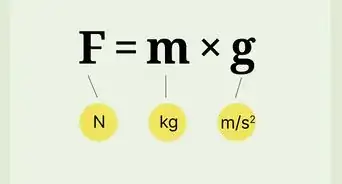
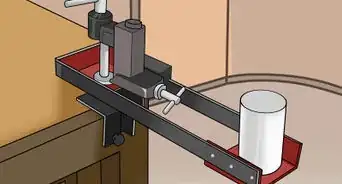
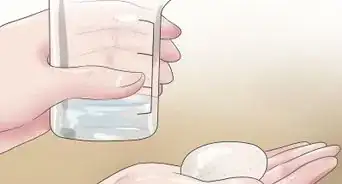
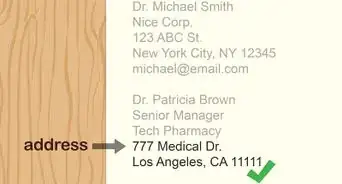
-Step-12-Version-2.webp)




